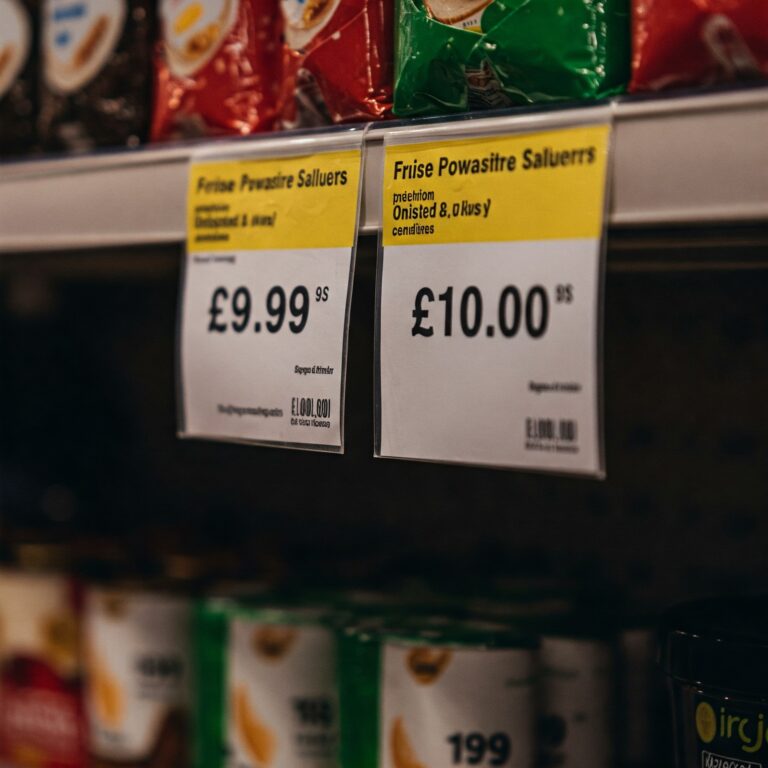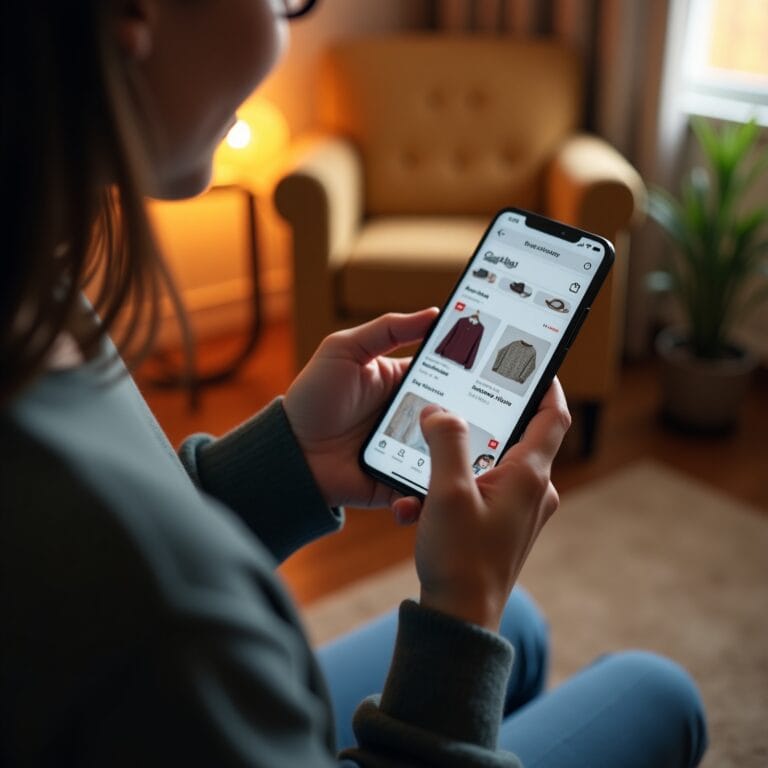Ever feel the urge to add something extra to your shopping basket, even though you weren’t planning to? Or maybe a particular website layout subtly nudged you towards a specific product? These seemingly small influences can have a big impact on your purchasing decisions. The secret behind this? Behavioural economics. In this comprehensive guide, we’ll delve into how to improve website conversion rate with behavioural economics, exploring powerful strategies to understand your customers, influence their choices, and ultimately skyrocket your sales.
Unlocking the Power of Behavioural Economics to Boost Conversion Rates
In the fast-paced world of e-commerce, every click counts. Turning website visitors into paying customers is the ultimate goal, and understanding how people make decisions can be the key to unlocking higher conversion rates. This is where behavioural economics comes in.
Exploring the Influence of Behavioural Economics on Decision Making
Behavioural economics delves into the fascinating world of human psychology and its impact on choices. By understanding these subconscious factors, businesses can create nudges and incentives that subtly guide website visitors towards desired actions. Here’s a closer look:
- Understanding how behavioural economics principles can enhance decision-making processes: Traditional economic models often assume people make purely rational decisions based on logic. However, behavioural economics recognises the emotional and social influences that shape our choices. By leveraging these insights, businesses can tailor their offerings and messaging to resonate better with customer preferences.
- Discussing the impact of behavioural economics on consumer behaviour and decision-making patterns: People are susceptible to cognitive biases, systematic errors in judgement, that can be influenced by website design and marketing tactics. For example, the “anchoring bias” suggests that the first piece of information someone encounters heavily influences their perception of value. Businesses can leverage this by strategically setting prices or highlighting discounts.
Leveraging Behavioural Economics in Business Strategies
Integrating behavioural economics principles into your business strategy offers a powerful advantage. Here’s why:
- Analysing the role of behavioural economics in business operations and marketing tactics: By understanding how consumers think and behave, businesses can optimise their marketing campaigns, product offerings, and website design to trigger desired actions.
- Highlighting the advantages of integrating behavioural economics principles into business models: Integrating behavioural economics can lead to several benefits, including increased sales, improved customer engagement, and a more positive brand image.
Behavioural Economics Pricing Strategies: Optimising Conversion Rates
Understanding the Concept of Behavioural Economics Pricing
Pricing strategies go beyond simply calculating costs and margins. Behavioural economics pricing takes into account psychological factors that influence how consumers perceive value and make purchasing decisions.
- Defining behavioural economics pricing strategies and their significance in driving conversions: These strategies aim to nudge customers towards making a purchase by appealing to their emotions and cognitive biases.
- Exploring examples of pricing strategies influenced by behavioural economics principles: Here are a few examples:
- Charm Pricing: Setting prices just below a round number (e.g., £9.99 instead of £10.00) creates a perception of a better deal.
- Price Anchoring: Displaying an initial higher price alongside a discounted price makes the final price seem more attractive.
- Freemium Model: Offering a free basic version with limited features alongside a paid premium version encourages users to upgrade for additional benefits.
Implementing Discounting Techniques in Behavioural Economics
Discounts are a powerful tool in e-commerce, but how you present them matters. Here’s how behavioural economics can guide your approach:
- Examining the role of discounts in behavioural economics and their impact on consumer behaviour: Discounts trigger a sense of urgency and highlight the potential for savings, motivating customers to act.
- Strategies for effectively utilising discounts to enhance conversion rates:
- Limited-Time Offers: Create a sense of urgency by highlighting that the discount is only valid for a specific period.
- Threshold Discounts: Offer discounts once a customer reaches a certain purchase amount (e.g., “Spend £50 and get 10% off!”). This encourages customers to add more items to their cart.
- Scarcity Discounts: Highlight that the discounted product has limited availability to create a sense of urgency and exclusivity.
Behavioural Economics in Marketing: Enhancing Consumer Engagement
Marketing goes beyond just creating awareness. Behavioural economics helps craft compelling messages that resonate with customers and drive conversions.
Improve Website Conversion Rate With Behavioural Economics By Influencing The Consumer
Understanding how consumers make decisions online is crucial for effective marketing strategies. Here’s how behavioural economics plays a role:
- Investigating how behavioural economics concepts influence consumer decision-making processes: People are influenced by social proof and tend to trust the opinions of others. Positive customer reviews, testimonials, and user-generated content can build trust and encourage buying decisions.
Examples of behavioural economics principles in shaping consumer behaviour in marketing contexts
Here are some practical examples of how behavioural economics principles are applied in marketing:
Harnessing Social Proof and Anchoring Effects
Social proof and anchoring effects are powerful tools for building trust and influencing purchase decisions. Here’s how to leverage them:
- Utilising social proof and anchoring techniques to establish credibility and influence purchasing decisions:
- Social Proof: Showcase customer reviews, ratings, and testimonials prominently on product pages and throughout your website. Feature user-generated content (UGC) like social media posts featuring your products to build trust and social validation.
- Anchoring: Use anchoring techniques to influence perceived value. Consider showcasing the original (higher) price alongside the discounted price for limited-time offers. This creates a stronger perception of value for the customer.
Strategies for leveraging social proof and anchoring effects to improve conversion rates:
- Make social proof readily visible: Don’t hide customer reviews or testimonials. Feature them prominently on product pages, your homepage, and in marketing materials.
- Encourage customer reviews: Make it easy for customers to leave reviews by providing a simple review form after purchase. Offer incentives like loyalty points or discounts for leaving reviews.
- Showcase user-generated content: Partner with influencers or encourage customers to share photos and videos using your products on social media. Feature this UGC on your website and marketing materials.
- Highlight anchor prices strategically: Use anchor pricing effectively, but ensure your discounted prices are genuine and transparent. Don’t mislead customers with inflated original prices.
Behavioural Economics Strategies for Website Conversion Optimisation
Creating a Sense of Scarcity to Drive Conversions
The fear of missing out (FOMO) is a powerful motivator. Businesses can exploit this by creating a sense of scarcity on their website.
- Implementing scarcity tactics to create urgency and incentivise action among website visitors:
- Limited Stock: Display clear messages like “Only 5 left in stock!” or “Limited edition!” on product pages.
- Flash Sales: Offer exclusive deals with a limited-time window. Consider using countdown timers to create a sense of urgency and encourage immediate decision-making.
- Strategies for effectively communicating scarcity without compromising credibility:
- Be transparent: Don’t artificially create scarcity. Ensure the limited stock or flash sale is genuine to maintain customer trust.
- Use scarcity strategically: Don’t overuse scarcity tactics. If everything has limited availability, it loses its impact.
Leveraging Loss Aversion and Framing Techniques
People are more motivated by the fear of losing something than the potential to gain something. Businesses can tap into this by highlighting the potential downside of not taking advantage of a promotion or not buying a product.
- Utilising loss aversion principles and framing techniques to highlight potential benefits and mitigate perceived risks:
- Loss Aversion: Emphasise the potential loss of missing out on a great deal by using phrases like “Don’t miss out on this exclusive offer!” or “Limited quantities available!”
- Framing: Frame your message around the benefits customers will gain by purchasing your product. Instead of saying, “This product won’t break easily,” say, “Enjoy long-lasting durability with this product.”
- Strategies for framing offers and messaging to appeal to consumer preferences and decision-making biases:
- Focus on positive outcomes: Frame your message around the positive outcomes customers will experience by using your product.
- Use clear and concise language: Avoid jargon and technical terms that might confuse customers.
- Highlight the benefits throughout the customer journey: From product descriptions to checkout pages, emphasise the value proposition and how your product solves customer problems.
Frequently Asked Questions About Improving Website Conversion Rate with Behavioural Economics
Can Behavioural Economics Improve Decision Making on Websites?
How Can Behavioural Economics Concepts Influence Consumer Behaviour Online?
For example, showcasing social proof through customer reviews can build trust and encourage visitors to buy from your store. Similarly, highlighting limited-time offers can create a sense of urgency and motivate them to make a purchase before the offer expires.
I hope this comprehensive guide empowers you to use the power of behavioural economics to skyrocket your e-commerce conversion rates!





